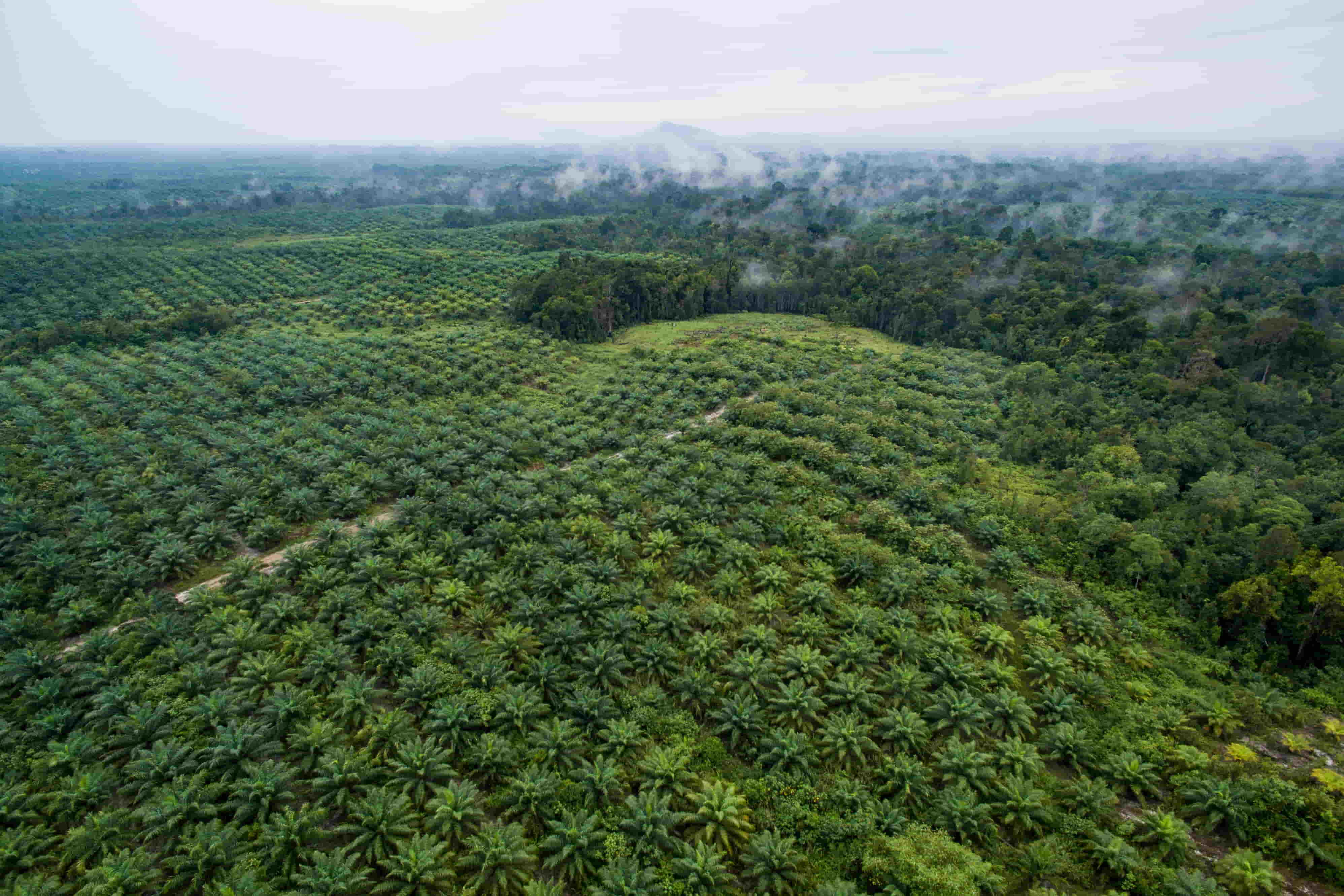Transboundary haze pollution remains a key environmental challenge for Southeast Asia. Only last year, after a drop in forest and peatland fires due to the Covid-19 pandemic, the region saw the return of intense and smoky fires, exacerbated by a dry El Niño season. Air quality across Indonesia, Malaysia and Singapore worsened significantly.
The Association of Southeast Asian Nations (ASEAN) has been working to jointly address this issue for decades, to no avail. In 2002, the ten ASEAN members signed the legally binding Agreement on Transboundary Haze Pollution (AATHP) to enhance regional cooperation on preventing, monitoring and mitigating land and forest fires, the principal causes of transboundary haze pollution.
However, the success of regional cooperation depends heavily on Indonesia, which is the region’s leading source of haze and was the last country to ratify the AATHP in 2014. Forest and land fires in Indonesia, especially on the islands of Sumatra and Kalimantan, are widely considered the largest contributors to transboundary haze pollution in Southeast Asia.
ASEAN’s commitment to non-interference means the AATHP remains “toothless”, providing little incentive for Jakarta to change its approach.
The root cause of these fires is agricultural expansion, particularly from the growing demand for palm oil. The strong political influence of and the vested interests behind this sector, which generates 4.5 per cent of Indonesia’s GDP, remain among the key obstacles to Indonesia’s engagement in regional cooperation on haze. Moreover, ASEAN’s commitment to non-interference means the AATHP remains “toothless”, providing little incentive for Jakarta to change its approach.
The limits of the AATHP are well known. Less discussed, however, is what led Indonesia to ratify the agreement, 12 years after it was initiated. I argue that the lack of agency of Indonesian President Susilo Bambang Yudhoyono (2004–14) while he was in office explains this shift.
In Indonesia, the president has significant authority to shape the foreign policy agenda and pursue their preferences through executive orders and presidential instructions. Yudhoyono was a strong proponent of ASEAN as a “cornerstone” of Indonesian foreign policy. AATHP should have presented an opportunity for Yudhoyono to demonstrate his commitment to regional cooperation. But this view was not supported at home. AATHP faced resistance in parliament and became a rallying point for nationalist rhetoric. Pressure on Yudhoyono was amplified by his weak political position. His coalition did not control a majority of seats in parliament, so he had to continually accommodate various interests to maintain a governing coalition.

Instead of using his institutional power and resources to overcome these competing interests, Yudhoyono did little to promote the ratification of the AATHP during his first years in office.
A shift only occurred during Yudhoyono’s second presidential term. Driven by a desire to enhance Indonesia’s international reputation, Yudhoyono sought to build an image for Indonesia as a “custodian of the environment”, recruited savvy pro-environment leaders, and made forests and deforestation issues central components of this vision.
This shift was not straightforward. The president continued to support ambitious economic development goals that contradicted his environmental agenda. The 2011 Masterplan for Acceleration and Expansion of Indonesia’s Economic Development (MP3EI), for instance, included the conversion of forest areas to generate profit and tax revenues. But there were also emerging trends that enabled stronger engagement on the haze issue. Heightened domestic awareness about the role of large corporations in almost annual haze crises increased pressure on the government to better regulate palm oil cultivation. Singapore’s Transboundary Haze Pollution Act, which was designed to prevent entities inside or outside Singapore from conducting activities contributing to transboundary haze, put further pressure on the Indonesian government to move on this issue.
The president used this window of opportunity to take a bolder stance to address gaps in Indonesia’s forest management and conservation.
The president used this window of opportunity to take a bolder stance to address gaps in Indonesia’s forest management and conservation. For example, he imposed a moratorium on new licences for logging, and requested reviews of its implementation every six months. With Presidential Instruction No. 16/2011, Yudhoyono significantly improved the legal framework for natural resource management by explicitly specifying the role and mandate of different government institutions involved in controlling land and forest fires. New monitoring measures and reporting standards for ministry and local officials further enhanced government accountability. The Badan Informasi Geospasial (Geospatial Information Agency), for instance, answered directly to the president and worked to unify different ministries’ data into a single map.
Yudhoyono was able to challenge vested political interests and overcome domestic resistance to stricter forest management and law enforcement because he was no longer constrained by his political base. At the 2009 elections, Yudhoyono’s Partai Demokrat (Democratic Party) became the single largest party, winning almost three times as many votes as it had in 2004. With Yudhoyono limited to two five-year terms, as per Indonesia’s Constitution, he did not have to worry about re-election and instead prioritised building his legacy as a statesman and advocate of multilateralism.
When another haze crisis hit the region in 2013, therefore, the president finally used his institutional authority to mobilise support in parliament for the bill in favour of the AATHP. The House of Representatives unanimously ratified the pact on 16 September 2014, making Indonesia the last country to join the agreement.
Read the full journal article here.

